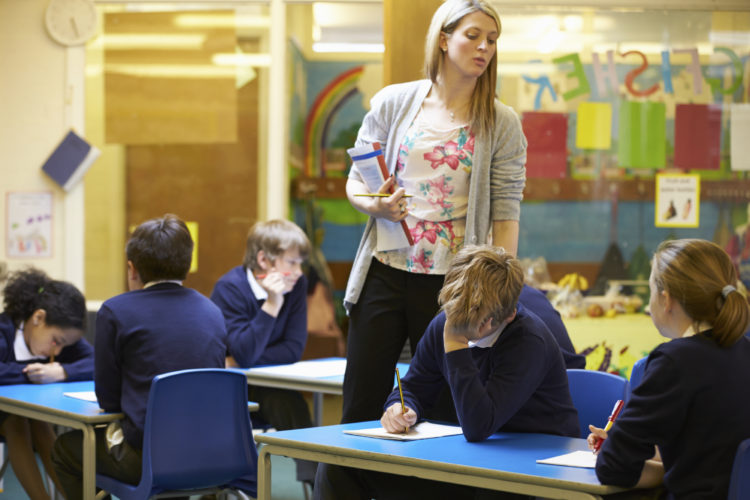By Gavin Mackintosh-
The British government objcted to the Rota System of re-opening schools advised to them by the Scientific Advisory Group for Emergencies have published advice they gave the government about the order in which they believe schools should re-open.
Their comprehensive advice covered various aspects surrounding the safety of re-opening schools.
The report stated that the scenarios for relaxing school closures must be understood in the context of interactions taking place beyond the school. Social distancing guidance beyond the school will
inform the infection rate in schools, the advice stated.
The advice also stated there was inconclusive evidence on both the susceptibility and infectivity(the rate at which others can be infected) of children, but that the balance of evidence suggests that both may be lower than in adults.
School closures do not constitute a solitary intervention. It is important to understand the other types of social distancing measures that staff, parents, and students are engaging in beyond the boundaries of the school.
It is important to understand what is going on inside of the school (e.g. physical distancing, hygiene measures, and more). The potential effect of such actions is not incorporated into the modelling.
Interventions must be eased in in a logical manner, the report stated. Failure to do so will influence the number of parents who are willing to send their children to school.
It will be vital to explain why and how school reopening is safe, and ensure that changing restrictions is not a signal that the risk from coronavirus is over and that it is safe to resume other activities or to
abandon social distancing.
Messaging to teachers, parents, and students must be robust to enhance confidence and
willingness to return. This is especially important in respect to ‘susceptibility’
The report said Serological studies available on child infection history suggested low rates of infection. These must be interpreted with caution based on exposure history (e.g. school closure) in the area they are drawn from, and given also some suggestions that mild
infections (as are more common on children) may be less likely to generate antibodies.
Given this uncertainty, the SPI-M BSI subgroup considered the impact on effective R or transmission rate from relaxing school closures across a range of assumptions for the infectivity of children, with
the main findings presented considering equal probabilities, as this, if anything, will give an upper
The advice stated that the effect of school openings will not happen in isolation. Although the choice of scenario for relaxing school closures is of importance, a more critical issue is adherence to existing measures in the broader community.
A second scenario which includes increasing attendance of vulnerable and key worker children to 11%, has the smallest impact relative to Baseline 1 (the current measures), the advice said.
However, it stressed that the assessment did not apply to the scenario with the fewest children returning to school.
The report suggests that resumption of early years provision has a smaller relative impact than primary school. The resumption of primary school also has a smaller relative impact than resuming secondary schooling.
The report stated that the analysis does not incorporate potential for indirect impacts on contacts outside of school , which may differ by age of child, it said.
The behavioural science assessment of the options for the easing of school closures recognises that scenarios 2-9 will increase interactions from the current baseline, though the dynamics will differ depending on the intervention.
Adaptations to routines and environments may mitigate the extent of the increase, and pupil age and other characteristics will impact the effectiveness of interventions, they said.
Scenario 7 highlighted alternating weeks one/two weeks on, one/two weeks off) as a good way to stop extensive transmission chains in schools.
When this effect in schools is embedded into the wider community, the impact is less strong, but still has some value in reducing overall R., the report states.
The modelling of Scenario 7 is the least robust of the scenarios, and further exploration is needed.
The behavioural science assessment of the options for the easing of school closures recognises that scenarios 2-9 will increase interactions from the current baseline, though the dynamics will differ depending on the intervention.
Adaptations to routines and environments may mitigate the extent of the increase, and pupil age and other characteristics will impact the effectiveness of interventions.
Most importantly, each of these groups must perceive that the risk of infection is low before they will be willing to attend or send their children to school.




